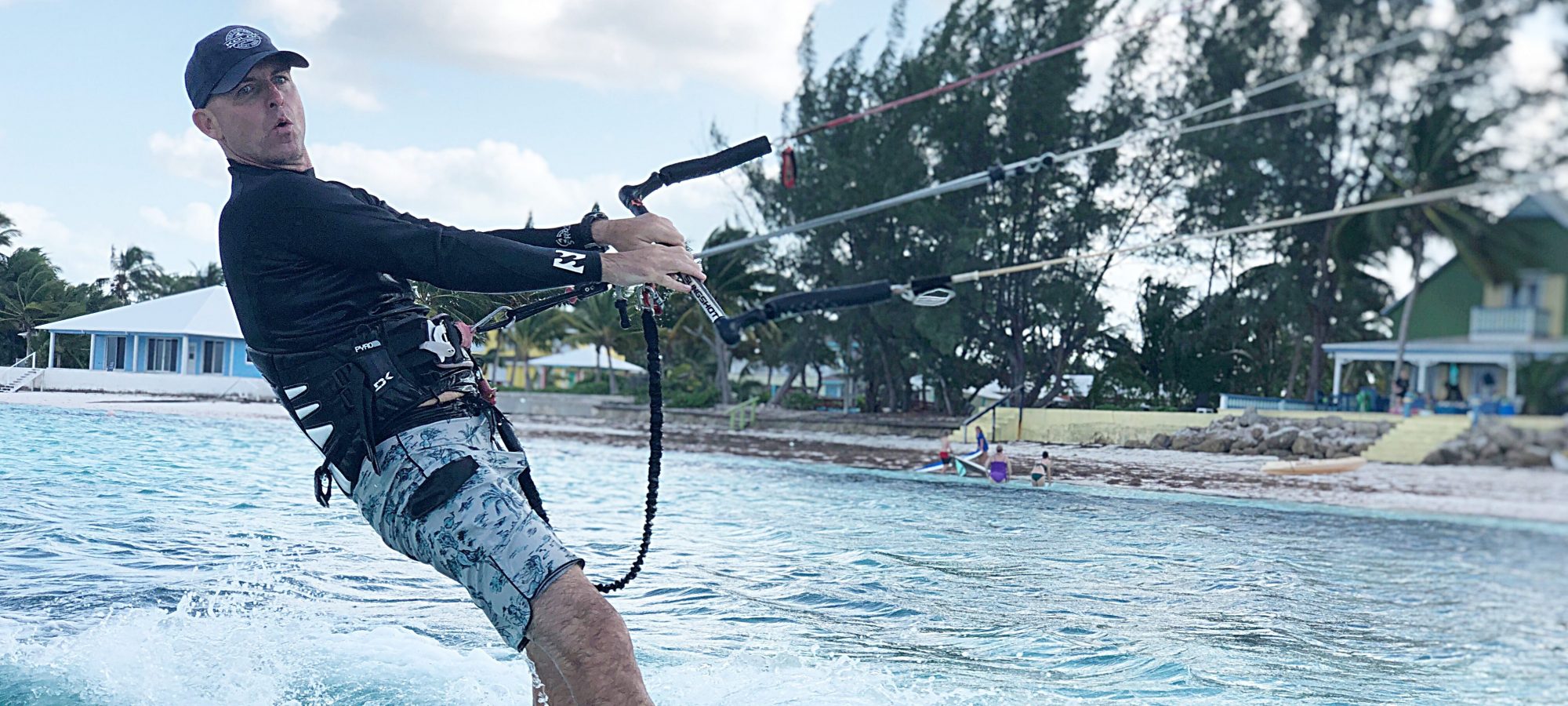From the Bay of Biscay across an entire ocean to the BVIs,
Under our belt now a full Atlantic Circle lies!
My mind firing, my knuckles cracked and loose,
I’m certain this event warrants a famous ditty by Annie Seuss!
With our biggest voyage to date behind us (albeit with many more the world to span)
I thought it was time to share with you the night when it all began:
When I met a man with a dream, who was so ablaze, so vivid, so itching to go.
That my words leapt before me in agreement. That was 14,000 nautical miles ago.
“There’s someone I want you to meet,” she said, a line we all immediately dread.
Lord, who now? I thought. A sad co-worker, a weird cousin with cats, probably a red head.
“Trust me,” my well-intentioned friend demanded. “He’s not you standard fare.”
And in my neck of the woods, Polos, Croakies, and Crocs was all they would wear.
When she pointed him out at the end of the bar,
My eyes blinked unbelievingly, my mouth flew ajar.
He was different, regal, commanding attention, demanding my stare.
I can tell you this: he most certainly did not have red hair.
I sauntered over cautiously, cosmopolitan in hand,
My instincts telling me I was stepping into new, wild land
Both of us practical, straightforward, we cut right to the chase,
Telling one another about our goals, our desires, time we did not waste.
“I want to travel,” I said. “Go, see, adventure, explore.”
I’m certain he decided at that moment he needn’t hear any more.
“I’m going to live on a boat,” he countered. “And sail around the world.”
I eyed him curiously, as my thoughts unfurled.
On a boat? I thought. Confused, taken aback, my forehead scored.
Country to country by boat, my mind wandered. “You mean live aboard?”
“Obviously,” he chuckled. “That’s typically how it’s done.”
Typically? I thought. “You mean you’re not the only one?”
Looking back now, this moment makes me laugh with him, too.
Phillip knew neither the vastness of my ignorance, nor my thirst for any experience new.
“Well, you shouldn’t have told me,” I said, simultaneously grasping and craving his irresistible plan
Knowing in that moment he had gained a life-long, utterly-smitten fan.
“Because I’m coming with you now,” I boldly announced,
And promptly flagged down the bartender for another courage ounce.
Phillip stood there, eyeing me slowly, now the one struck with bewilderment.
“I’ll have a martini, filthy,” I told the bartender. “When you have a minute.”
Relishing Phillip’s attention, his curious, piercing stare,
I wondered if he believed I would truly hop on a boat and go with him anywhere.
I did not wander at all myself, as I believe I made my mind up then and there,
And I’m confident our next exchange solidified it for Phillip, as well
For I, too, was not his standard fare.
“A martini to follow your cosmo?” he asked, as he finally settled into his seat.
“Obviously,” I said, mimicking his previous line. “I like things salty and sweet.”
You have my absolute honest word followers: this story is in no way fiction!
I’ve recited mine and Phillip’s first exchange, down to the very diction.
In our first conversation, during our very first meeting,
We spoke of this dream that felt neither imaginary or fleeting,
Of our mutual desire to travel, wander, venture, and explore,
I simply did not know until I met Phillip I would be doing it on a boat, shore to shore.
But, Phillip’s intriguing proposal for world travel only encouraged me further,
And I know now: as friend, companion, and captain, I could not have chosen any worthier.
For all our blue water voyages and the many more adventure seeds we still have to sow,
It still humbles and thrills me to this day to know it all unfolded over a dream and a drink, in a moment when I was immediately willing to go.
With five sailing years, many voyages, and a complete Atlantic Circle now behind us: Behold and lo!
It’s fun to remember how Phillip and I began, only 14,000 miles ago.

Photo taken January 9, 2019, with only 100 more nm to go!
N: 18° 079’ W: 61° 129′
Hope you all enjoyed this little HaveWind ditty.
I’ll be back with more to share from our travels in a jiffy!
Until then, know Phillip and I have made it back, our hearts full and swell,
Thinking: Another ocean crossed under sail!
What a testament to a life lived well!
















































